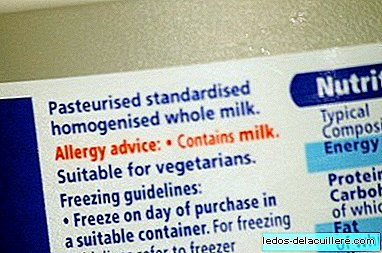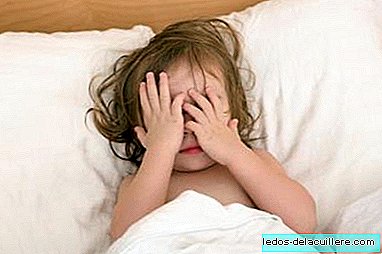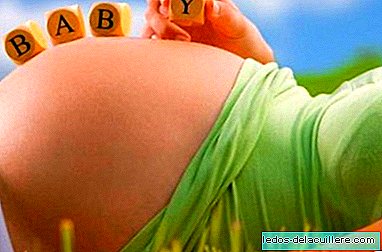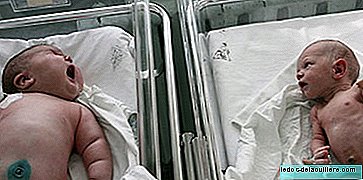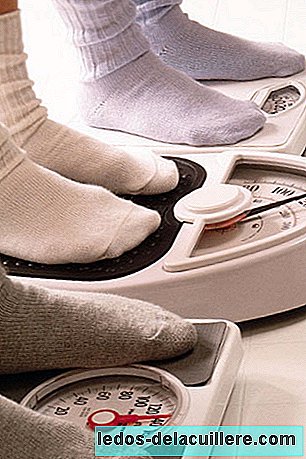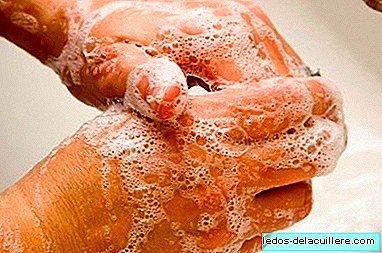
Today, October 15, World Handwashing Day is celebrated, a gesture to which we do not give all the importance it has. This simple gesture prevents up to 200 common diseases among the smallest and helps save lives.
1.4 million children die every year from preventable diseases linked to the lack of clean water and sanitation such as pneumonia and diarrhea, a figure that could be reduced with a very simple solution: hand washing. This year's theme is “Make hand washing a habit”, which aims to raise awareness of the importance of this effective and economic practice with great health benefits.
Some of the diseases that can be prevented are respiratory infections, such as the common flu or influenza A, pneumonia, whooping cough, and bronchiolitis; pathologies of feco-oral transmission, such as cholera, diarrhea and hepatitis A and E; as well as gastroenteritis, gastritis, pneumococcus, hand-foot-mouth disease or intestinal worms.
When to wash your hands
- Before eating
- Before cooking or handling food
- After going to the bathroom
- After changing the diaper
- After coughing, sneezing, blowing your nose ...
- After visiting or caring for the sick
- Before touching a baby
- After cleaning if chemical substances have been handled
- After playing with pets
- After smoking
- After littering

How a good hand wash should be
Most people often think that germs spread through the air, but the truth is that they spread more easily through hand contact. Washing your hands is a habit we do every day, but do we do it well?
When we talk about children, we must make things easier for them, placing a ladder or stool so they can reach the sink and turn on the tap. It is preferable to buy them a liquid soap with dispenser so they can place a couple of droplets in the palm of the hand. Ideally, disposable dispenser, and watch out for dispensers in public places, as they can accommodate bacteria.
The wash should last between 40 and 60 seconds. First they should wet their hands, place two drops of soap and start rubbing their hands together. Do not forget to clean the upper part of the hand, between the fingers, the big toe of both hands making a rotation movement. If there is dirt under the nails, you have to clean them with a nail brush that is soft (there are special ones for children).
Once they are well soaped you have to rinse your hands thoroughly to remove the remains of dirt and dead cells. Then dry thoroughly with a towel, or if you are away from home, preferably with a single-use paper towel.
One option for when we are away from home are the antibacterial gels disinfectants. They clean their hands without soap and water, protecting them from transmissions.
Photos | Arlington County - Flickr CC and iStockphoto
More information | PAHO-WHO In Babies and more | Why is it so important for children to wash their hands?


